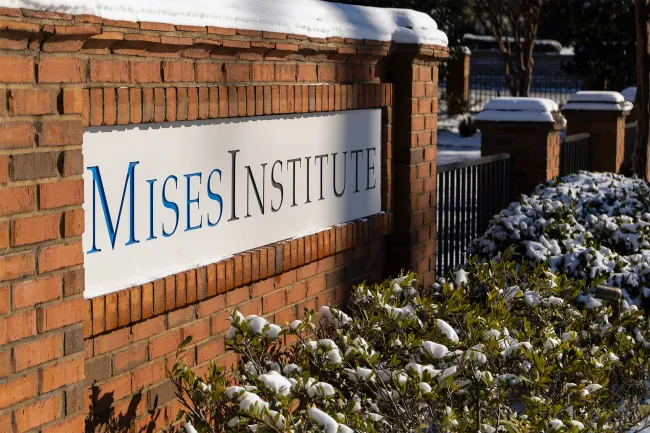Many supporters of President Trump during April claimed that the administration was slashing the federal deficit, pointing to rising tax revenues that occurred during that month. Some claimed that revenue was soaring thanks to collections from tariffs.
In truth, nothing remarkably good happened during April in terms of tax revenues or deficits. Tariff revenue continues to constitute a fairly small portion of overall federal revenue, and tax revenue in April spikes every year thanks to tax return filing deadlines.
(Trump supporters have crowed about $96 billion in tariff revenue over the past six months, but that’s only four percent of total federal tax revenue collected during that period.)
The fact this was all really a non-event can be seen in the fact that May’s deficit is not far behind the Biden White House’s May 2024 deficit. Specifically, the May deficit this year was $316 billion. That’s down by nine percent from the previous year, but it was the third largest May deficit ever, and larger than every May deficit of the first Trump term from 2017 to 2019. May 2020, of course—which also occurred under Trump’s watch—remains the largest May deficit ever.

Source: Monthly Treasury Statement
Nor is 2025 overall shaping up to be any better than 2024 in terms of deficits. In fact, 2025 is likely to be the worst year for the federal deficit in four years. For the first eight months of 2025 combined, the total deficit is $1.36 trillion. That’s up 14 percent from 2024, and the highest deficit since 2024’s eight-month total of $2.06 trillion.

Source: Monthly Treasury Statement
That means 2025 is on track to finish the fiscal year (which ends September 30) with a $2 trillion deficit, a four-year high.

Source: Monthly Treasury Statement
In other words, the Trump administration is doing nothing to rein in deficits, and it’s clear that whatever revenue may come in from tariffs is not enough to offset the new spending increases the administration has pushed.
This is partly why Trump and his supporters continue to push for more monetary inflation and lower interest rates. The administration continues to rack up new debt, and this is increasingly expensive as inflation and deficit worries lead bond markets to demand higher yields for Treasurys. For example, the 30-year Treasury surged Tuesday to nearly 5%. Trump has demanded that Fed Chairman Jerome Powell “lower interest rates.” Unfortunately, Fed intervention in this regard would require monetary inflation, which would lead to further price inflation and lower real wages for millions of Americans.


